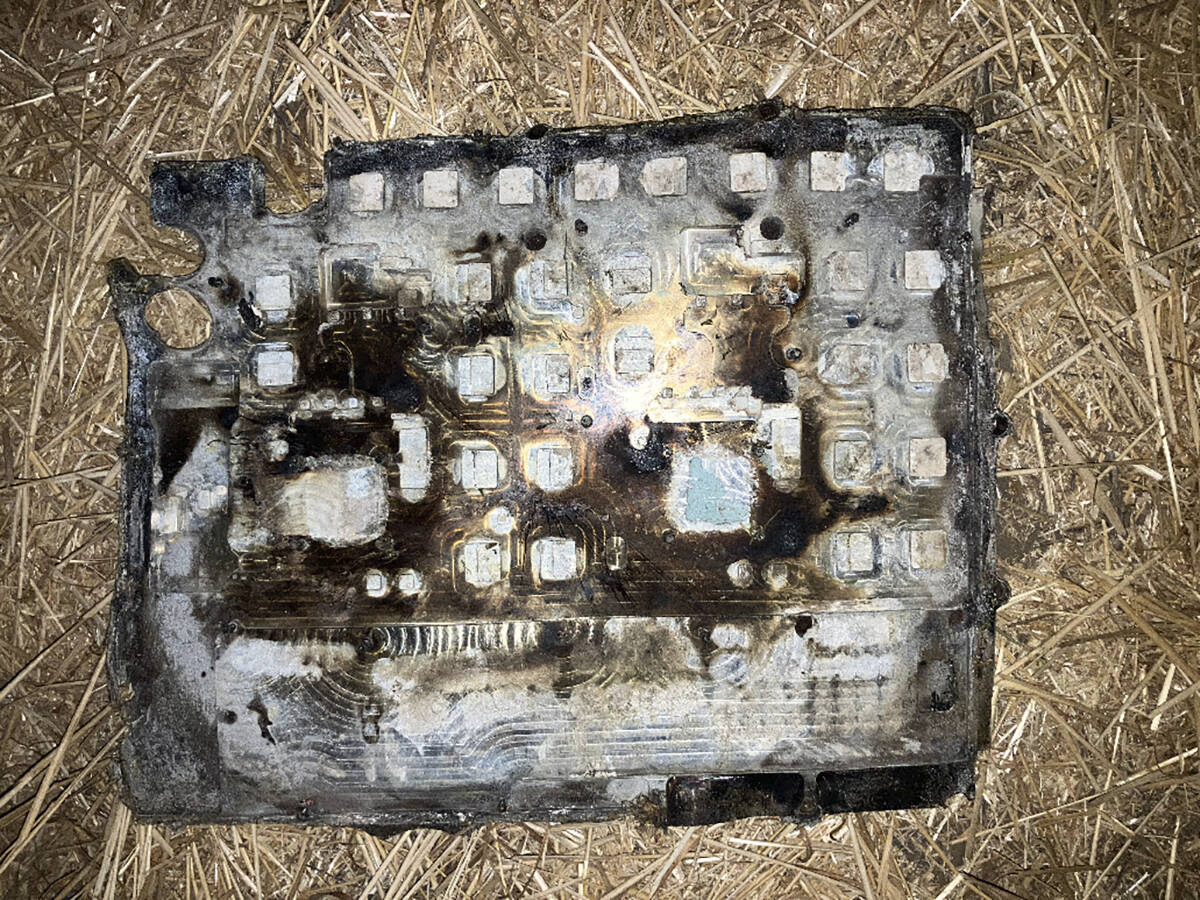As with other pulse crops, lentils and lentil screenings can be a good feed source and function well in the diet of ruminant livestock.
They add needed protein and energy to the diets of growing calves and beef cows wintering on low quality forages.
Nevertheless, processing is required for optimal use of screenings.
Producers who lack processing capability can obtain quality pulse screening feedstuffs from pelleting plants.
Lentils have a protein content similar to field peas, averaging 22 percent on an as-fed basis. Protein quality is also similar to peas, but Saskatchewan Feed Testing Laboratory results indicate lentil protein has less variability. Another difference between lentils and peas lies in energy content.
Read Also

Farmers asked to keep an eye out for space junk
Farmers and landowners east of Saskatoon are asked to watch for possible debris in their fields after the re-entry of a satellite in late September.
More lentil carbohydrate is in the form of non-starch polysaccharides.
For non-ruminants, this makes lentil energy content five to seven percent lower than that of field peas.
For ruminants, which can better handle these carbohydrates, energy differences are much less. Badly spoiled off-grade lentils or mouldy batches should be avoided.
With lentil screenings, the proportion of lentils, weed seeds and other grains affects the feed value.
On average, Saskatchewan Feed Testing Laboratory data show an 18 percent protein content for lentil screenings on a 90 percent dry-matter basis, and energy content similar to a lighter oat grain.
















